The Return Of Godzilla (1984)
Directed by: Koji Hashimoto
Written by: Shuichi Nagahara
Starring: Keiju Kobayashi, Ken Tanaka, Yasuko Sawaguchi, Yosuke Natsuki
HCF REWIND NO.150. THE RETURN OF GODZILLA AKA GODZILLA, GODZILLA 1985: THE LEGEND IS REBORN [Japan 1984]
AVAILABLE ON DVD: R3 only at time of writing
RUNNING TIME: 101 min
FEATURED MONSTERS: GODZILLA
REVIEWED BY: Dr Lenera, Official HCF Critic
A volcano explodes and a fishing vessel is trying to find its way to shore in a horrible storm when a giant monster appears and attacks the boat. A few days later, reporter Goro Maki finds the vessel intact but with the crew all dead except for Hiroshi Okumura, and is attacked by a giant sea louse. In Tokyo, Okumura realises by looking at pictures that the monster he saw was a new Godzilla, but the news of Godzilla’s return is kept secret to avoid panic until Godzilla attacks a second time and destroys a Soviet submarine. However, the Russians believe the attack was orchestrated by the Americans, and a diplomatic crisis ensues which threatens to escalate into war and requires the intervention of the Japanese Prime Minister Mitamura. Meanwhile, Godzilla appears on an island near Japan…..
This film is the beginning of the second series of Godzilla movies. It would be later named the Heisei series, while the first series would be called the Showa series, the names corresponding to whichever emperor was ruling Japan during the period. The Return Of Godzilla is both a sequel to and a semi-remake of the 1954 Godzilla. It ignores all the films in-between, something which is hard to accept, but then Toho were attempting to go back to basics with this film as well as restoring not only the reputation of their monster star whose adventures had lapsed into pandering to children and been rehashing the same ideas over and over again, but his relevance. I didn’t used to be too fond of The Return Of Godzilla, because it not only lacks the crazy fun element of many of the other Godzilla films but also doesn’t have much of the moody magnificence and terror of the very first movie. In time, though, I’ve learned to appreciate more a film which has the best intentions and could actually have been superb if it wasn’t for some glaring faults. This often slow but praise-worthy attempt at an epic, intelligent monster movie will never be a Godzilla film I will put on very often, but it does get a little better each time I see it. It’s a shame that, at the time of writing, it’s not available on DVD in the west.
The years between 1975 and 1984 saw several Godzilla treatments including The Rebirth Of Godzilla [a direct remake of Godzilla], Godzilla Vs The Devil, Godzilla Vs The Gargantua and something called Space Godzilla. Making it to the scripting stage were The Return Of Godzilla, in which Godzilla battled a shape-changing monster called Bagan as well as attacking Japan, and an American production, to be directed by Steve Miner entitled Godzilla King Of The Monsters in 3D, with Godzilla wrecking San Francisco as the US and Soviet governments almost end up at war. The eventual script by Shuichi Nagahara for what was to be called Godzilla [Gojira] in Japan removed Bagan but used most of the other elements from the previous Japanese script as well as some choice bits from the American one, most notably the Cold War aspect. Ishiro Honda was asked to direct but, wary of Toho interfering too much as they had done in his later previous films for the studio, refused. Koji Hashimoto, a fairly new director who had just had a huge flop with the science-fiction epic Sayonara Jupiter, was surprisingly chosen to steer a production which was mostly made by newcomers to Godzilla. It was a success in Japan, but not as much as expected. New World Pictures picked it up for US release, heavily re-edited it including adding new footage with Raymond Burr as with the 1954 Godzilla, and, amidst much publicity, released it as Godzilla 1985: The Legend Is Reborn to disappointing box office. Maybe one reason for this was that the publicity emphasised the campy element and didn’t reflect the actual film in question. The UK saw the same version on video but later on The Return Of Godzilla, a straight dub of the Japanese version, also came out on the format.
The Return Of Godzilla really is very good indeed for the first quarter or so. Goro’s exploration of the fishing vessel is eerily lit in purple and blue and his attack by a sea-louse has a real horror element to it: or it would do if it wasn’t for a very poor flying effect. Soon after that, Godzilla’s attack on the Russian submarine ends brilliantly with the monster briefly lit up by the explosion. The human part of the story introduces some potentially interesting characters, namely Goro the greedy reporter and Prof. Hayashida, whose parents were killed by Godzilla in 1954 and who has spent thirty years trying to understand the force that killed him. The Cold War element is nicely brought it, and then we have a superbly atmospheric sequence set in and around a nuclear power plant on an island where Godzilla consumes the reactor core. Score, lighting, sound effects which bring back Godzilla’s heavy foot stomp, and carefully chosen angles like the occasional shot from Godzilla’s point of view combine to create a superb sequence which really does evoke some of the 1954 classic. And then we have a lengthy political debate which, though it slows the pace down considerably, is well written and has some nice shots where we are partially behind the Japanese Prime Minister Mitamura and have to imagine his reactions to what the American and Russian leaders are saying to him. Of course, they want to use nuclear weapons against Godzilla on Japanese soil, something which Mitamura refuses to allow.
Then, things go downhill somewhat, if certainly not enough to ruin the film. We are told how Godzilla will be destroyed nearly half way through, and his reacting to animal signals [here birds, and not explained very well] imitates both Space Amoeba and the American The Beginning Of The End. Most of the human characters are left undeveloped as Godzilla attacks Tokyo and Goro spends most of the time trapped in a building. As for Godzilla, he spectacularly destroys a whole weapons fleet with his breath on the shoreline, but doesn’t seem too bothered about wrecking buildings, instead stumbling about looking half-drunk. One very impressive shot has a row of cars go up in flames, but sadly this was one of several shots taken from Toho 70’s disaster movies The Last Days Of Planet Earth and Tidal Wave. Godzilla is killed and then revived again by plotting which is the silliest possible, two missiles hitting each other in the sky, even if this does climax the Cold War subplot. However, his two battles with the Super-X craft, a flying battle tank, are exciting [if slightly static], especially when the two opponents are firing at each other from either side of a skyscraper through a hole, even if Super-X looks uninteresting and this time around reminded me of the flying form of Hedorah. Godzilla’s Rodan-copied volcano death is singularly unimpressive and it really looks like they ran out of money by this point.
Godzilla, played, as he would be in all the Heisei films, by Ken Satsuma who had previously played Hedorah and Gigan, gets a major revamp here. Features not seen since the 50’s like staggered rows of dorsal plates and visible ears make welcome returns, along with a very long tail, stockier body and a meaner facial look with thick brows reminiscent of the Mothra Vs Godzilla suit, only weakened by goofy-looking ping-pong eyes. A robot Godzilla with more complex facial expressions was heavily publicised during production, but only ended up appearing in close-ups, while a huge foot prop was created for the first time. Overall Teruyoshi Nakano does a decent job with the special effects until near the end, but it’s a shame the budget didn’t allow for one huge destruction sequence. Godzilla is actually bigger than before, to compete with the higher Tokyo skyscrapers, but still ends up looking dwarfed at times. The film, except for occasional moments, fails to make Godzilla frightening, despite us being shown his breath roasting people in one shot. Hashimoto uses some good angles for some of the action scenes but the human sequences are dully handled and he just doesn’t really give The Return Of Godzilla the power, drive and intensity that it needs.
Yosuke Natsuki, replacing series veteran Akihito Hirata who died just before filming, is okay as Hayashida, but Kaiju Kobayashi gives the stand-out performance as the Prime Minister, expressing with little dialogue the immense weight on his shoulders. Ken Tanaka and pretty but wooden Yasuko Sawaguchi are bland and exhibit no chemistry in their ‘sort of’ romance. Reijiro Koruko, after Akira Ifukube turned the job down, contributes a fine score. It’s much more ‘western’ in sound and style than Ifukube’s, but has some memorable themes including a powerful but rather tragic sounding one for Godzilla and a rousing march for Super-X.. though his cues tend to be very short. His music for the final scene is very moving and musically describes what is happening more effectively than the images on screen. A silly song with lyrics like “goodbye Godzilla old friend” is heard over the end titles. The Return Of Godzilla is often awkward, and at times betrays a lack of confidence, but that can almost be forgiven as they were virtually starting out all over again. In many ways, it’s the most American-seeming of Godzilla films, and if only Roland Emmerich’s disaster had been anywhere near as good….but we will get to that movie in due course……..
Rating: 









The American version is the most tampered with Godzilla film since Godzilla, though not quite so successfully. The removal of twenty minutes doesn’t harm the film too much and succeeds in quickening the pace, though along with much chat they cut some good effects shots like a great one of Godzilla reflected on the glass of a skyscraper. They also altered, through re-editing, a major plot point where a Russian soldier tries to stop a missile from being launched to the guy deliberately firing it, a sad example of the Cold War mentality of the time. The sea-louse attack benefits from being shortened though. Bringing back Raymond Burr was a good idea, and his narration at the end is well written and delivered. Sadly, he just stands there watching the action on a big TV screen, while one of the US military guys says flippant comments, the worst being: “that’s quite an urban renewal programme they’ve got going on over there”. These were holdovers from the first script for the US scenes which was comedic until Burr nixed the idea, and jar with the overall seriousness of the approach, which even includes good dubbing, easily the best since the early 60’s, with even some proper Japanese accents. Portions from Christopher Young’s score for Def-Con 4 work fairly well, if not as well as the original score. Overall, the US version is reasonable and could have been far worse.

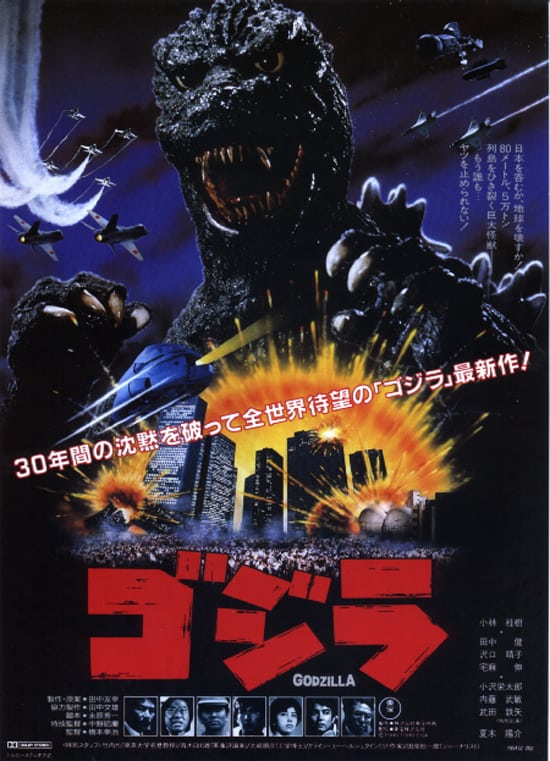
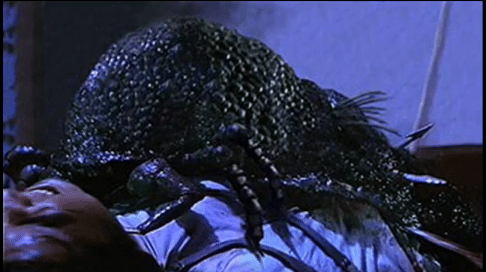
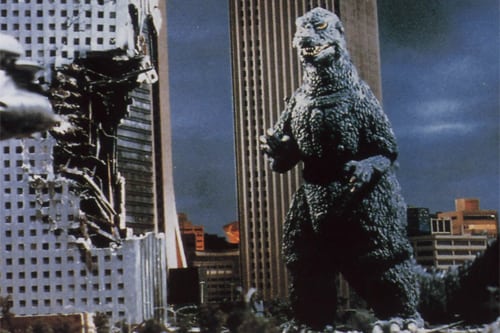
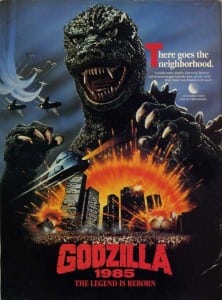

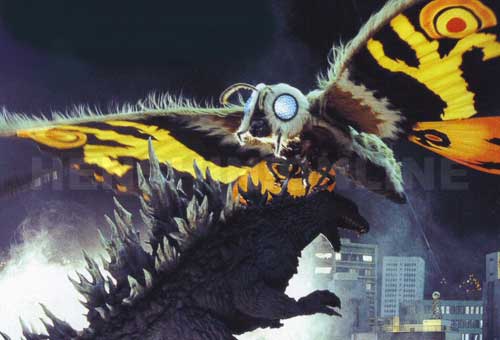
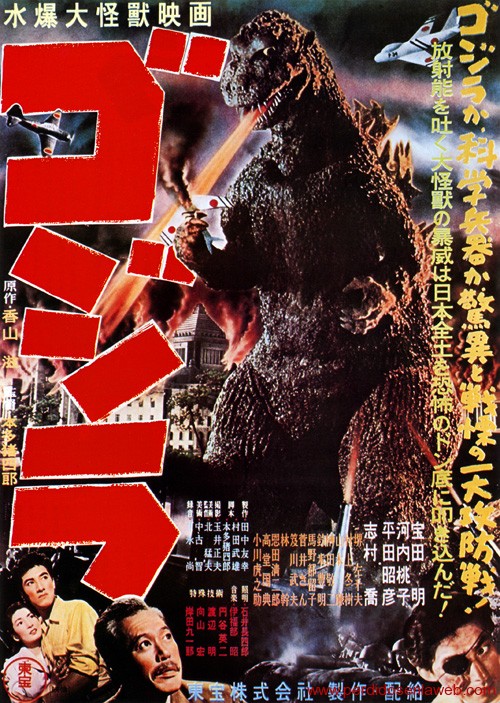
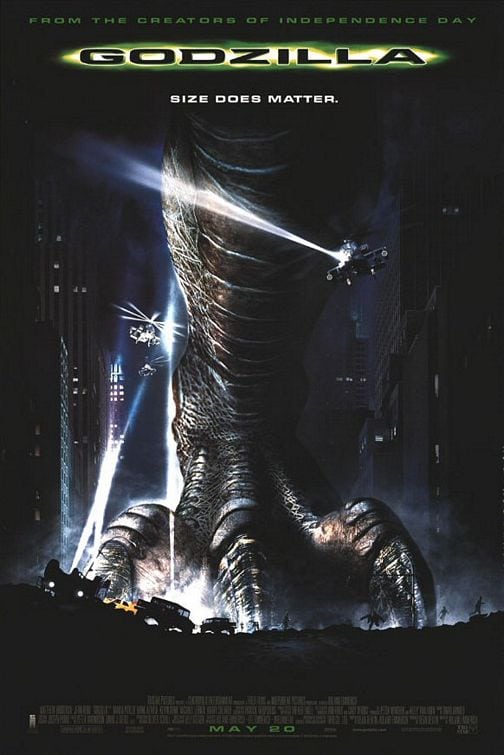
Be the first to comment